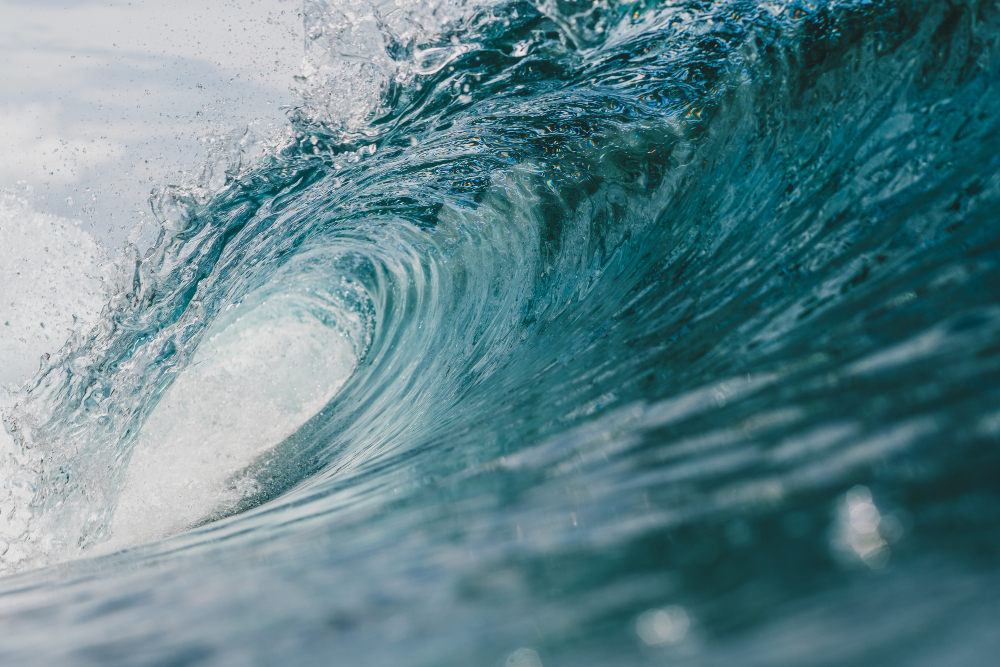Surfing is more than just a sport; it’s a way of life for many enthusiasts. However, like any human activity, surfing has an environmental impact. In this article, we will delve into the various aspects of surfing that affect the environment and explore sustainable practices to minimize its negative effects. From the use of equipment to the choice of surfing locations, there are numerous ways surfers and coastal communities can adopt eco-friendly measures to ensure the future of this beloved sport and the planet we all share.
Table of Contents
| Sr# | Headings |
|---|---|
| 1 | Understanding the Environmental Impact of Surfing |
| 2 | Surfboard Materials and Eco-friendly Alternatives |
| 3 | The Impact of Surfing on Marine Life |
| 4 | Sustainable Surfing Tourism |
| 5 | Ocean Pollution and Plastic Waste |
| 6 | Preserving Coastal Ecosystems |
| 7 | The Role of Surfers in Environmental Conservation |
| 8 | Sustainable Surfing Gear and Apparel |
| 9 | The Importance of Beach Cleanups |
| 10 | Climate Change and Surfing |
| 11 | Promoting Sustainable Surfing Culture |
| 12 | Balancing Recreation and Conservation |
1. Understanding the Environmental Impact of Surfing
Surfing, a popular water sport, brings joy and excitement to millions worldwide. However, it is crucial to recognize that surfing does have an impact on the environment. From carbon emissions associated with travel to the waste generated by equipment, various factors contribute to this impact. Nevertheless, as surfers, we can make a difference by adopting sustainable practices.
2. Surfboard Materials and Eco-friendly Alternatives
Traditional surfboards are typically made of polyurethane foam and fiberglass, which are not environmentally friendly. Fortunately, eco-conscious surfers can now opt for surfboards made from sustainable materials like bamboo, recycled foam, or algae-based resins. These alternatives reduce the environmental burden and still provide excellent performance on the waves.
3. The Impact of Surfing on Marine Life
Surfing brings us closer to nature, but it also has the potential to disturb marine life. Noise pollution, accidental collisions, and even the presence of surfers can disrupt the natural behavior of marine animals. To protect our marine ecosystems, it is essential to be mindful of our actions in the water and respect the habitats of the creatures we encounter.
4. Sustainable Surfing Tourism
Surfing destinations attract tourists seeking the perfect wave, boosting local economies. However, unchecked tourism can lead to overcrowded beaches, habitat destruction, and increased waste. Sustainable surfing tourism focuses on responsible travel, supporting local communities, and minimizing the environmental impact to ensure that future generations can enjoy these pristine locations.
5. Ocean Pollution and Plastic Waste
Ocean pollution, particularly plastic waste, is a significant threat to marine life. Surfing takes us directly into the ocean, making us witnesses to the heartbreaking sight of plastic debris floating in our seas. Surfers can play a vital role in combating this issue by participating in beach cleanups and promoting plastic-free alternatives in their communities.
6. Preserving Coastal Ecosystems
Coastal ecosystems are delicate and vital habitats for numerous species. They also provide natural buffers against storms and erosion. As surfers, we have a responsibility to protect these ecosystems by supporting conservation efforts, avoiding trampling on dunes and sensitive vegetation, and respecting wildlife.
7. The Role of Surfers in Environmental Conservation
Surfers are deeply connected to the ocean and its well-being. With this connection comes the opportunity to become ambassadors for environmental conservation. Surfers can use their platforms to raise awareness, support ocean-friendly initiatives, and advocate for sustainable practices within the surfing community and beyond.
8. Sustainable Surfing Gear and Apparel
It’s not just surfboards that can be more sustainable; surfers can also choose environmentally friendly gear and apparel. From wetsuits made from recycled materials to eco-conscious clothing brands, there are plenty of options that reduce the environmental impact of our surfing equipment and attire.
9. The Importance of Beach Cleanups
Beach cleanups are a simple yet effective way for surfers and beachgoers to contribute to a cleaner environment. By removing litter from the shorelines, we prevent harmful materials from reaching the ocean, protecting marine life and creating a safer and more enjoyable environment for everyone.
10. Climate Change and Surfing
Climate change poses a significant threat to the future of surfing. Rising sea levels, more frequent extreme weather events, and altered wave patterns are just a few of the impacts. Surfers can support climate action by advocating for sustainable policies and reducing their own carbon footprint.
11. Promoting Sustainable Surfing Culture
Creating a sustainable surfing culture involves fostering a sense of environmental stewardship among surfers of all ages. By encouraging respect for nature, promoting eco-friendly practices, and celebrating the beauty of our oceans, we can cultivate a community that actively works to protect the environment.
12. Balancing Recreation and Conservation
As the popularity of surfing continues to grow, finding a balance between recreation and conservation becomes critical. By implementing sustainable practices, supporting local conservation efforts, and respecting the delicate ecosystems we enjoy, surfers can contribute to a thriving natural environment for generations to come.
Conclusion
Surfing is a source of joy and connection to the natural world, but it’s essential to understand and address its environmental impact. By embracing sustainable practices, surfers can become advocates for ocean conservation and contribute to the preservation of our marine ecosystems.
FAQs
- Can sustainable surfboards perform as well as traditional ones?
Yes, sustainable surfboards made from bamboo, recycled foam, and algae-based resins can perform just as well as traditional surfboards, offering excellent performance while reducing environmental impact.
- How can surfers help reduce ocean pollution?
Surfers can help reduce ocean pollution by participating in beach cleanups, using reusable products, and supporting initiatives that promote plastic-free alternatives.
- What is the biggest threat climate change poses to surfing?
Climate change poses several threats to surfing, including rising sea levels, altered wave patterns, and more frequent extreme weather events, all of which can impact surf conditions.
- How can surfers balance recreation and conservation?
Surfers can balance recreation and conservation by adopting sustainable practices, supporting local conservation efforts, and respecting the fragile coastal ecosystems they enjoy.
- What role can surfers play in marine life conservation?
Surfers can play a significant role in marine life conservation by being mindful of their actions in the water, avoiding disturbances to marine animals, and advocating for ocean-friendly practices.


